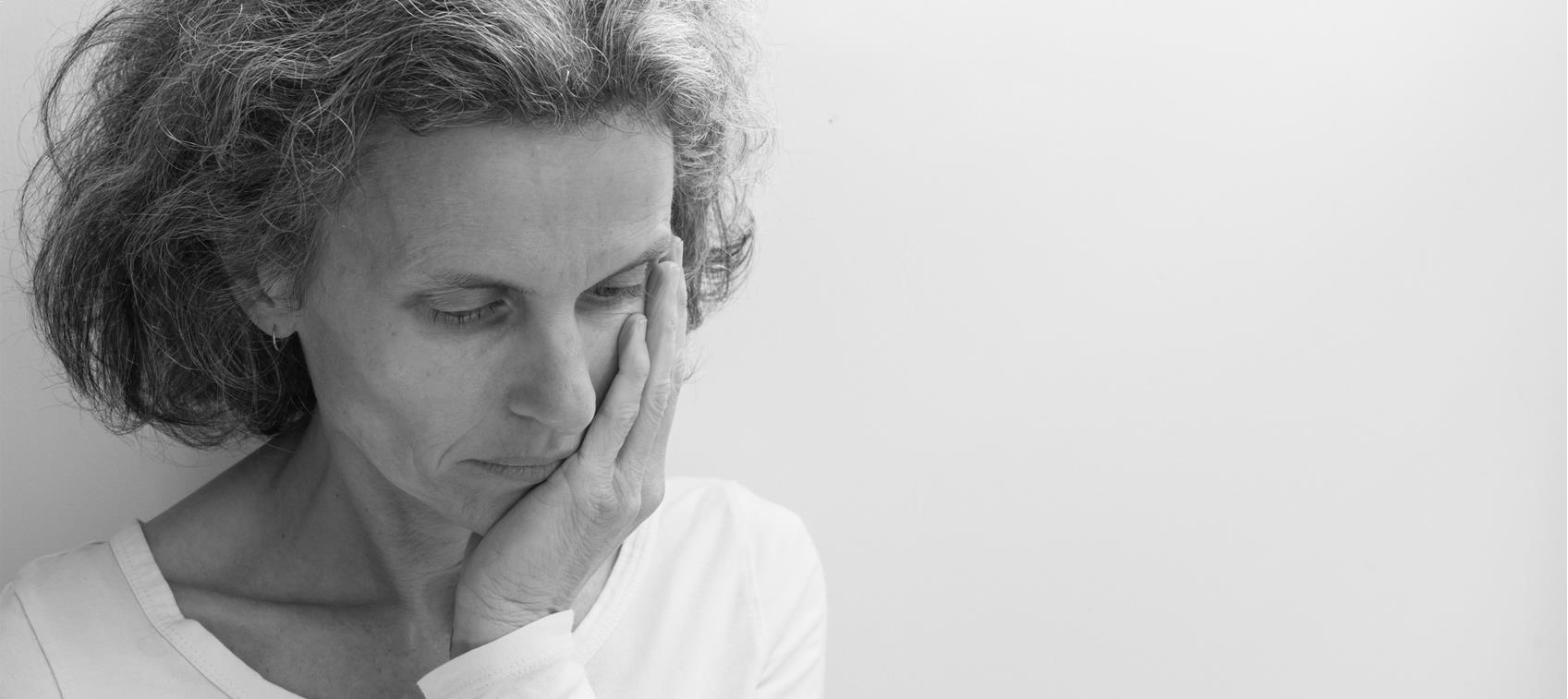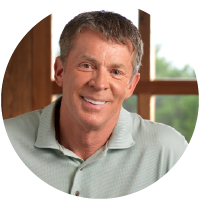To say I’m not a fan of anxiety medications is an understatement. Chemically altering brain function is akin to playing catch with live hand grenades.
The Diagnostic and Statistical Manual of Mental Disorders (DSM) from the American Psychiatric Association lists around 300 official mental disorders, including schizophrenia and autism to depression and ADHD. While the accepted cause of mental disorders is a chemical imbalance in the brain, not a single one can be determined by a physical diagnostic test. Because there’s no brain scan or blood, urine, or saliva test to define any of these conditions, doctors diagnose solely by behavior.
Everyone experiences periods of grief, sadness, anger, and depression at one point or another. Based on behavior alone, there’s not a single one of us who couldn’t be diagnosed with one of the 300 disorders on any given day.
But if a chemical imbalance is to blame, wouldn’t it be reasonable to assume that you could make a true diagnosis by testing the levels of certain chemicals? And wouldn’t a return of certain chemicals to appropriate levels validate that a treatment program was working? Unfortunately, that’s not the way it works.
Psychiatrists will tell you certain behaviors are a sign of chemical imbalances or genetic aberrations, but those imbalances cannot be validated with any physical test. Their answer is to prescribe powerful drugs that chemically alter brain function, but without some kind of tangible baseline, there’s no way to tell if chemicals are actually being “balanced.” It’s all based on behavior. Prayer, meditation, magnetism, and crystals all change behavior but are labeled as scams, placebos, or wishful thinking. But psychiatry gets a pass. Psychiatrists claim it’s different for them. The proof is in the pudding. If behavior changes, then it means the drugs are working.
The side effects of these drugs are often worse than the problem they are meant to treat. And in almost every case, if you read the warning labels, you’ll find that taking them can actually cause the very issues they are supposed to eliminate.
Natural Anxiety Solutions
Fortunately, there are natural alternatives for anxiety, some of which have been used for hundreds, even thousands of years without any safety issues or side effects.
- Lithium: One example is lithium, which is a trace mineral, not a drug as many people believe. Deficiencies in lithium have been linked to higher rates of manic depression, mental hospital admissions, suicides, homicides, rapes, criminal arrests, and alcohol and drug use. No toxicity problems have been reported at doses of 10–20 mg of elemental lithium a day. The chelated form of lithium—either lithium orotate or lithium aspartate—is recommended. Check the label to see the actual amount of elemental lithium the supplement contains. For example, a 120 mg tablet of lithium orotate provides roughly 5 mg of elemental lithium. (My colleague Dr. Julian Whitaker discusses the brain benefits of lithium in this article.)
- Glycine: The amino acid glycine is one of those “therapeutic pearls” from the past that seems to have been forgotten. It is one of the primary components of collagen (or gelatin). It wouldn’t surprise me to learn that our lower intake of glycine-rich collagen over the last few decades is linked to an increase in panic attacks. In the past, glycine was shown to calm the central nervous system and be an effective method of controlling panic attacks. At the first sign of a panic attack, I’ve seen remarkable results by putting 2 grams of glycine powder underneath the tongue and letting it dissolve slowly.
- GABA: Another amino acid, gamma-aminobutyric acid (GABA), has been repeatedly shown to safely help stop panic attacks. GABA is one of the inhibitory neurotransmitters that works as a counterbalance to excitatory neurotransmitters. If you know you’re getting ready to encounter a situation that could bring on a panic attack, you can empty a 500 mg capsule of GABA under your tongue and let it dissolve slowly. Or if it’s easier, just wash the capsule down with water on an empty stomach. GABA is also inexpensive—a bottle of 100 capsules runs about $10, and it’s even cheaper if you buy the bulk powder. Many people have found that using 1–3 grams at bedtime can help them relax and sleep better.
- Kava: The easiest way to use kava for anxiety is to take a standardized extract of 50 mg of kavalactones (20–30 percent kavalactones) three times daily. Taking the entire dose just prior to bedtime can also help relieve insomnia.
- Ashwagandha: This Indian herb is one of the most powerful in the Ayurvedic healing system for not only dealing with anxiety and stress but also physical and mental fatigue. It is an adaptogenic herb that helps modulate or adjust your body’s response to an ever-changing environment.
- Zembrin®: An extract from the South African plant Sceletium tortuosum that is sold under the name Zembrin, this nutrient has been used by South African tribesmen and early European explorers in that area for over 300 years. It has some very significant research studies to support its effectiveness and has never been shown to have any side effects or toxicity. I personally take Zembrin (combined with ashwagandha) every day, and I notice more calmness and an overall heightened sense of well-being. I also feel it has enhanced my cognitive skills.



